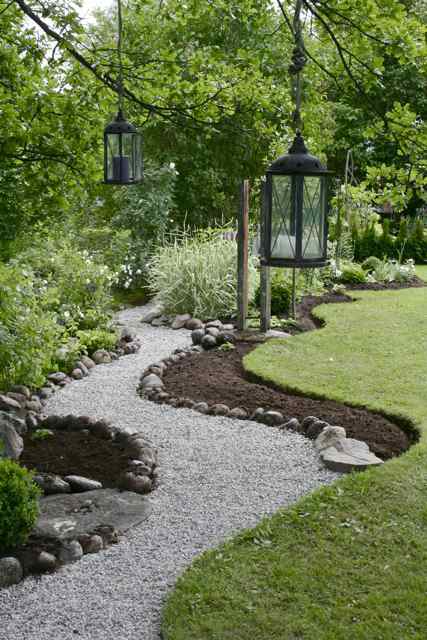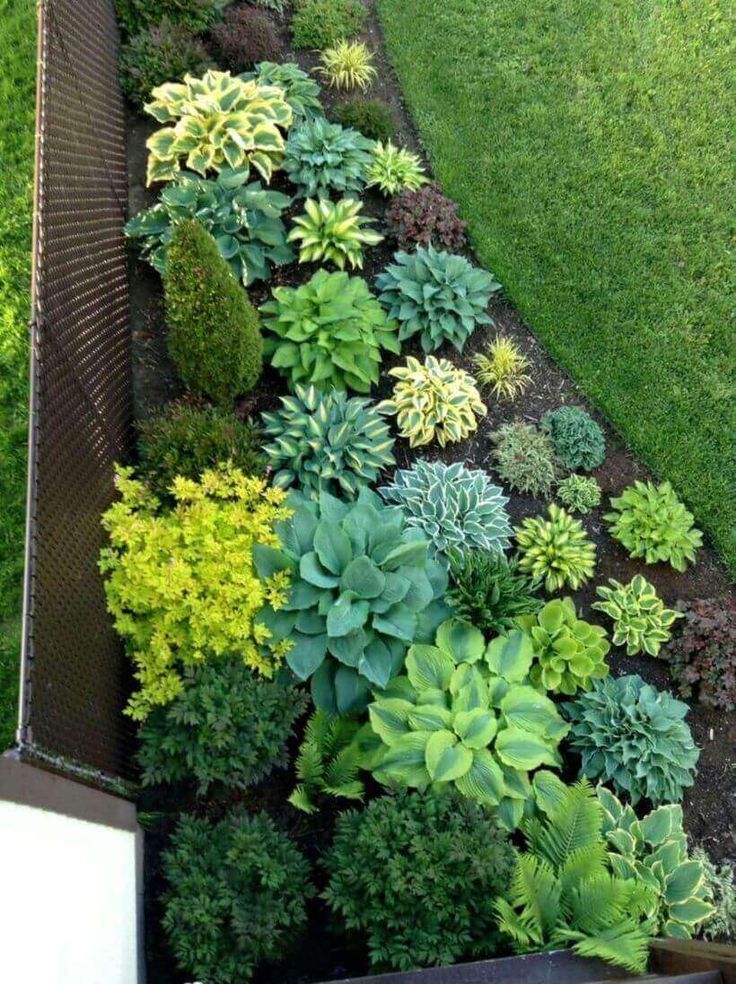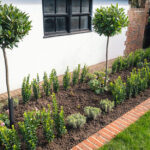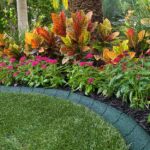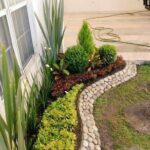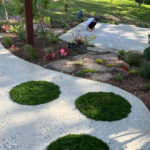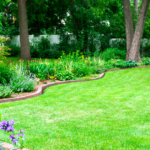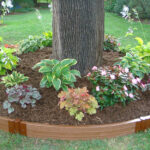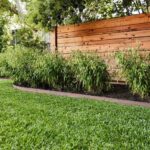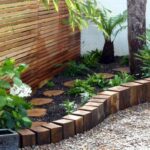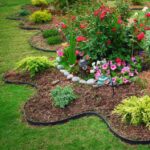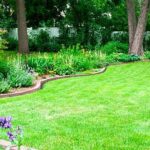Garden design edging is an essential element of creating a polished and well-defined outdoor space. Edging serves both practical and aesthetic purposes, helping to maintain the shape of garden beds and separate different areas of the garden for a more organized and cohesive look.
There are numerous options for garden edging, each offering different benefits and design possibilities. One popular choice is metal edging, which provides a clean and modern look that is perfect for contemporary gardens. Metal edging is also quite durable and long-lasting, making it a great choice for high-traffic areas.
For a more natural and rustic look, consider using stone or wood edging. Stone edging can add a touch of elegance to the garden, while wood edging provides a softer and more inviting feel. Both materials are versatile and can be easily integrated into any garden design, complementing the overall aesthetic of the space.
Another popular option for garden edging is using plants as a natural border. Planting low-growing plants, such as herbs or groundcovers, along the edges of garden beds can create a seamless transition between different areas of the garden. This approach not only adds a splash of color and texture but also helps to soften the hard lines of hardscape materials.
Incorporating edging into your garden design can also help to prevent soil erosion and keep plants from spreading into unwanted areas. By creating a barrier between garden beds and walkways, edging can help to maintain the shape and structure of the garden, as well as reduce maintenance efforts in the long run.
Ultimately, garden design edging is a versatile and practical way to enhance the beauty and functionality of your outdoor space. Whether you prefer a sleek and modern look or a more natural and rustic feel, there are plenty of options available to help you achieve the perfect garden design edging for your unique style and preferences.
